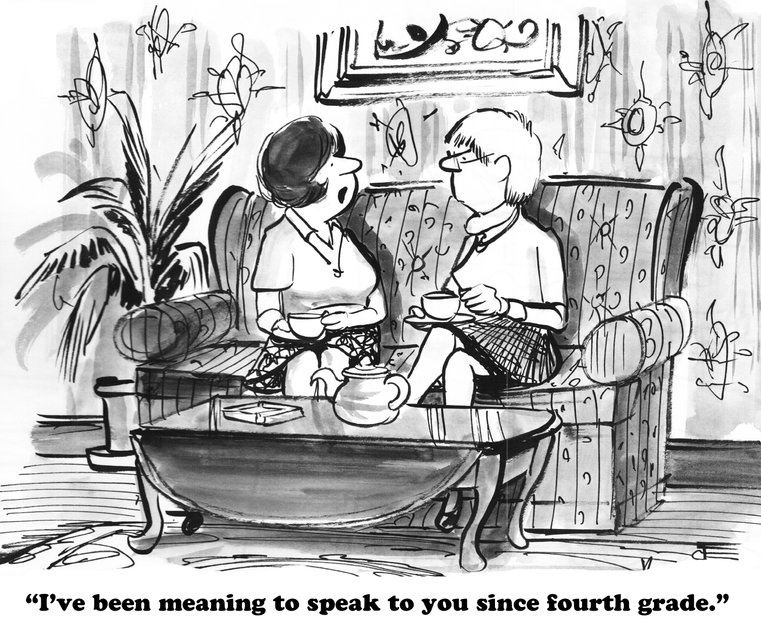Introverted or Extroverted? Personality Style and
Learning Etiquette

As a high school teacher, I found that grouping students into introverted or extroverted categories was an exciting way to engage them. They could identify and compare learning styles. It was also informative, opening up wonderful discussions and allowing the entire class to consider different ways of looking at classroom activities and assignment variation.
Not surprising, my students, depending on whether they fell into the introverted or extroverted category, preferred different learning activities. Extroverts tend to enjoy and learn with social engagement, whereas introverts prefer solitary activities and independent work and study. Introverts re-gain energy through being alone and tend to prefer careful detailing, whereas extroverts, more outgoing, re-fuel by socializing and being quick-paced with teamwork and broad outreach.
As an etiquette educator, I’ve realized that etiquette learning sessions are experienced differently as well. Some people love the interactive, hands-on activities, while others report dreading have to shake hands or practice networking at a cocktail event. (All enjoy the dining events and one favorite table conversation topic is extroversion and introversion.)
Introverted or Extroverted Etiquette Practices
When it comes to asking students what good manners are, extroverts tend to respond that they readily make sure everyone is included in a social gathering and it is easy for them to engage in conversation at networking events. They also confess to sometimes monopolizing conversations.
Introverts tend to find it necessary to nudge themselves to get out there and meet and greet others. Some identify themselves as “the wallflowers.” They are very cautious not to interrupt others, but admittedly, can feel at a disadvantage when being with an extroverted group. In etiquette learning sessions, introverts tend to be more patient with the teaching. That is, they are generally not hurried or impatient to move on to “the next thing.”
Etiquette Guidelines for Everyone
It’s important to remember that good manners are good manners and etiquette is what it is regardless of personality type. Looking to the foundational elements of etiquette – kindness and respect – every human being can employ these when interacting with other people.
But as individuals, each of us may exhibit kindness and respect in various ways, many times depending on the situation we find ourselves in. The key is to be mindful of what we are called to do in any given moment. While doing so, pay attention to the learning opportunities that surface. There will be many!
An introvert attending a networking event understands that he is expected to network. To prevent becoming tongue-tied or retreating to an uncrowded corner of the room, he sets a goal of speaking with at least ten people before allowing himself to take a break and has a list of ten open-ended questions memorized to begin conversations with the people he meets. His mindful preparation makes being out of his comfort zone a little more . . . comfortable.
An extrovert attending the same event, may need to mindfully dial herself back a little. She has no problem meeting people or starting conversations, so she sets a goal to ask open-ended questions and listen to the person she’s speaking with without interrupting. And she also aims to talk about herself only when someone asks her a question.
Both of these people, introverted or extroverted, are employing the etiquette guidelines of courteous conversation, but are mindfully doing so to complement or help control their personality.
Are you introverted or extroverted? How does your personality affect your etiquette practices or interactions with other people?














